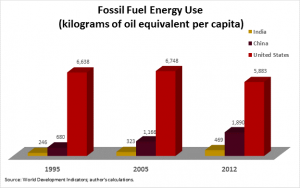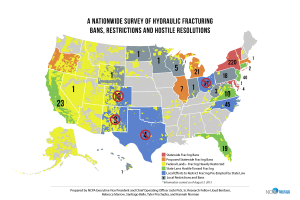As the Arctic Ocean ice thaws, countries prepare to tap into the vast energy resources currently trapped beneath the Arctic Ocean. The U.S. Geological Survey (USGS) estimates that the Arctic could hold as much as 12 percent of the world’s undiscovered oil and 30 percent of its undiscovered gas, not including unconventional oil and gas deposits. Of that, the portion of the Arctic belonging to the United States could hold 33 percent of total oil and 18 percent of total natural gas in the Arctic.
The United States, though, is limited in its reach into the Arctic since it has not signed onto the United Nations Convention on the Law of the Seas (UNCLOS) treaty. Without that ratification, the United States, unlike the other four Arctic nations of Russia, Canada, Norway and Denmark, is constrained to an Exclusive Economic Zone (EEZ) of 200 nautical miles off their coasts. The other four Arctic nations, however, have asked to secure international legal titles to sites up to 350 miles off their coasts. Russia and Canada have even submitted claims that reach the North Pole.
Drilling in the Arctic could also be further complicated by harsh storms, drifting sea ice, poor infrastructure and a lack of available crisis response centers. On the other hand, Arctic drilling would take place at shallower depths than drilling in the Gulf of Mexico. In a positive push for Arctic drilling, President Obama signed Executive Order 13580 in 2011 to establish a coordinate efforts among federal agencies to develop energy in the Arctic. The order was intended to expedite future permit issuance and improve information sharing.
Shell Gulf of Mexico has made moves to be at the forefront of oil exploration in the U.S. Arctic region, specifically in the Chukchi Sea and the Beaufort Sea. The company also produced an extensive Oil Spill Response Plan to assure the government of their preparedness in case of an oil spill in the region. Fears regarding oil spill response in the Arctic continue as the Coast Guard admits to having no offshore response capability in Northern and Western Alaska. Due to harsh regional realities, Shell has currently only been granted legal permission for drilling between July and October.
While Arctic drilling may still seem like a dangerous opportunity, future technological innovations and improved Arctic preparedness and infrastructure will make such drilling a reality in the near future. The massive quantities of energy stored in the U.S. Arctic will stay there until we decide to take advantage of this opportunity.


